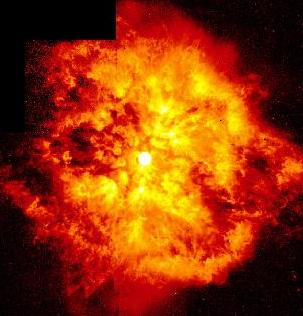 HST Image of WR124 a WN8 type Wolf-Rayet star.
A quasar would look very similar in the Plasma Laser Star theory.
The line profiles in quasars are analogous to those in Wolf-Rayet stars.
HST Image of WR124 a WN8 type Wolf-Rayet star.
A quasar would look very similar in the Plasma Laser Star theory.
The line profiles in quasars are analogous to those in Wolf-Rayet stars.
This discussion is an exerpt from Millete (1980), with updated spectra from Torres and Massey (1987) :
When the speed of expansion is low, the expansion will be closer to being isothermal than adiabatic. However, as the speed of expansion increases, the expansion will become more and more nearly adiabatic, and certain spectral lines can be expected to display laser action. Let us compare this expectation with the spectra of various classes of WC stars. WC8 stars have relatively sharp lines; since the the widths of the lines in an expanding shell arise from Doppler effect, the speed of expansion of the plasma must be low and the degree of laser action is also expected top be low. The lines become wider in WC7 stars, indicating that the speed of ejecction is greater than in WC8 stars; correspondingly, the degree of laser action is also expected to be greater. The lines become still wider in WC6 stars; we thus expect the degree of laser action to further increase. We compare these expectations with the observed data on the spectra of WC stars.
A bright emission feature at about 4650 Å has been known in Wolf-Rayet spectra for the last 130 years. A few years after the discovery of Wolf and Rayet (1867) of the bright lines in the spectra of HD 191765, HD 192103, and HD 192641, Vogel (1873, 1883) described their spectra in more detail. He found that both HD 192641 and HD 192103 have a wide bright blue band with a maximum at about 4640 Å. Copeland in 1884 (quoted in in Huggins and Huggins, 1891) measured the position of the maximum in HD 192103 to be at 4654 Å and that in HD 192641 to be at 4649 Å. Huggins and Huggins (1891) found the position of the maximum to be practically the same in the two cases, namely 4650 Å.
The curious behavior of the relative intensities of 4650 Å and 4686 Å in classical Wolf-Rayet spectra has been known for the last 80 years. Plaskett (1924) was struck by the remarkable variations in the relative intensities of these two lines and noted
| 'The ratio of 4650 C+ to 4686 He+ is also peculiar, as the marked discontinuity at the third group where the ratio abruptly increases tenfold distinctly shows. Examination of the spectra clearly indicates that this is almost entirely due to the sudden increase in the strength of the carbon band. Even supposing the interval between the second and third groups to be greater than between the earlier ones, still the changes in the strenght of enhanced carbon at 4650 is more abrupt than shown by any other element and there must be some physical reason which makes ionized carbon behave in this unique manner.' |
Varshni (1976) pointed out that such variations can be readily understood on the basis of laser action.
Over the years, the spectra of Wolf-Rayet stars have been investigated by many workers. However, very few tracings have been published.
The behavior of the emission line at 4650 Å is remarkable. As we go from WC8 star to WC4 star, this emission line shows a great increase in intensity. This observation can now be understood in the light of our calculations. Our results show that in C IV, the 4650 Å will show the strongest population inversion and consequent laser action under adiabatic expansion. Thus we find that as the speed of expansion increases from WC8 to WC6 stars, the laser action in C IV 4650 Å becomes greater, leading to a rapid increase in the intesity of this line.
We find that the C IV 4646, 4658 Å lines arising from the 5d-6f and 5f-6g transitions respectively, display strong population inversions and should be excellent candidates for producing laser actions in laboratory plasmas cooled by adiabatic expansion techniques. In the astrophysical context, the behavior of the line C IV 4650 Å observed in the WC category of the Wolf-Rayet stars is found to be in agreement with that expected from the model calculations. The present investigation thus provides an understanding of the unusual strength of the C IV 4650 Å emission in Wolf-Rayet stars, and provides a strong basis for believing that laser action is responsible for it. It also raises the possibility that certain other unusually strong emission lines observed in Wolf-Rayet stars may also be due to laser action.
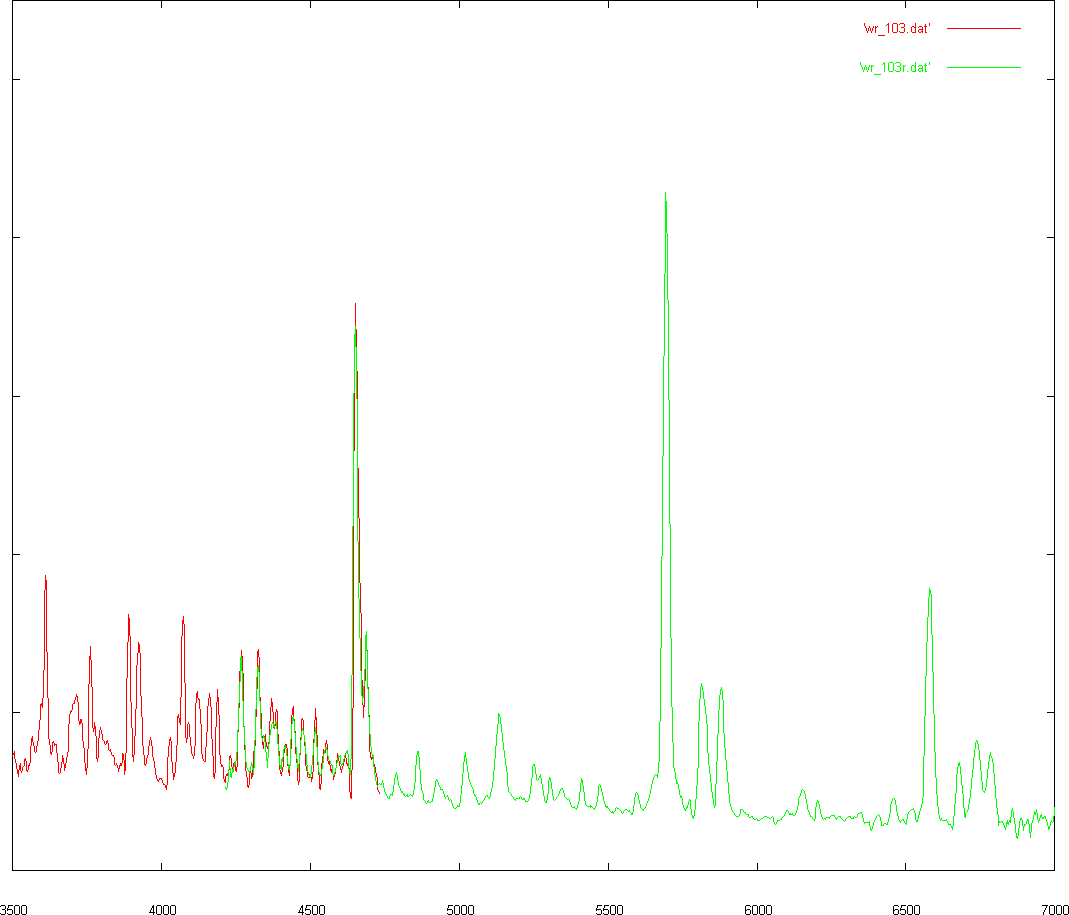
Figure 9.18 - Tracing of the spectrum of the WC9 star HD 192641 from Torres and Massey (1987). Also known as WR 103.
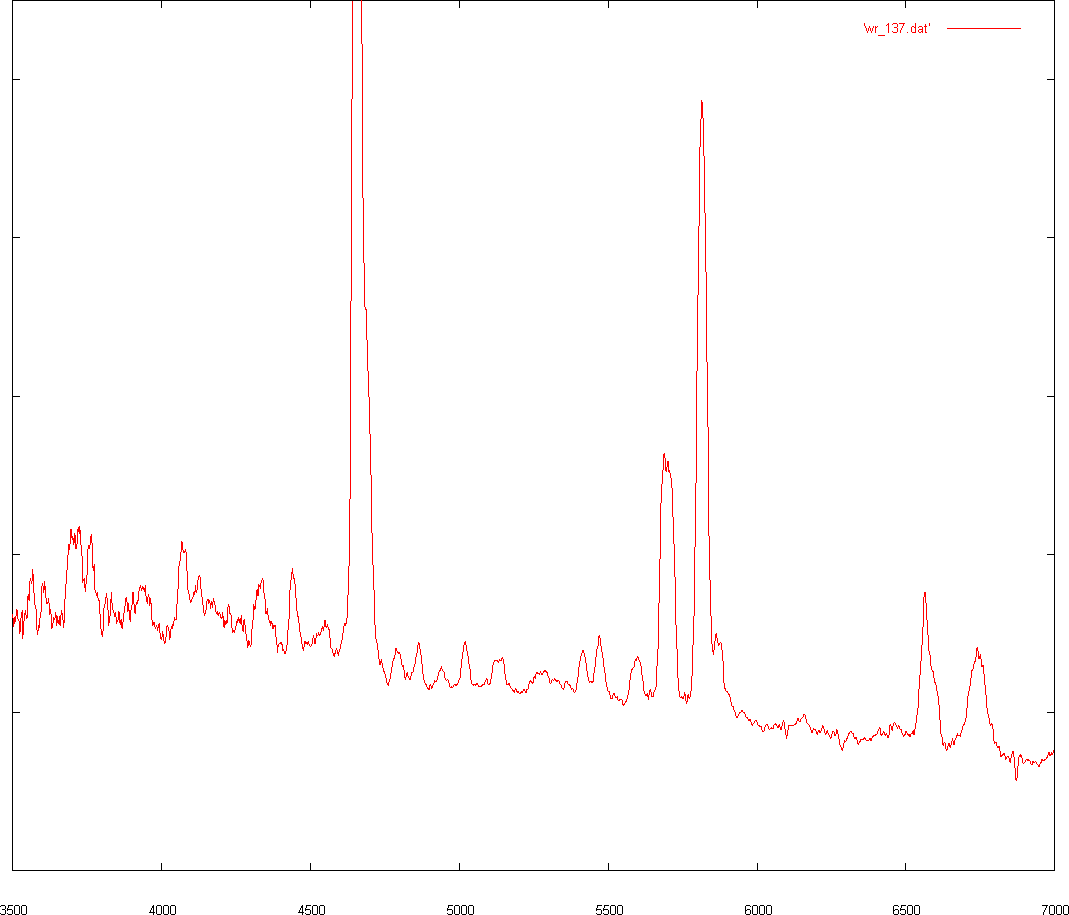
Figure 9.19 - Trasing of the spectrum of the WC7 star HD 192641 from Torres and Massey (1987). Also known as MR 103, WR 137 or BD+36 3956.
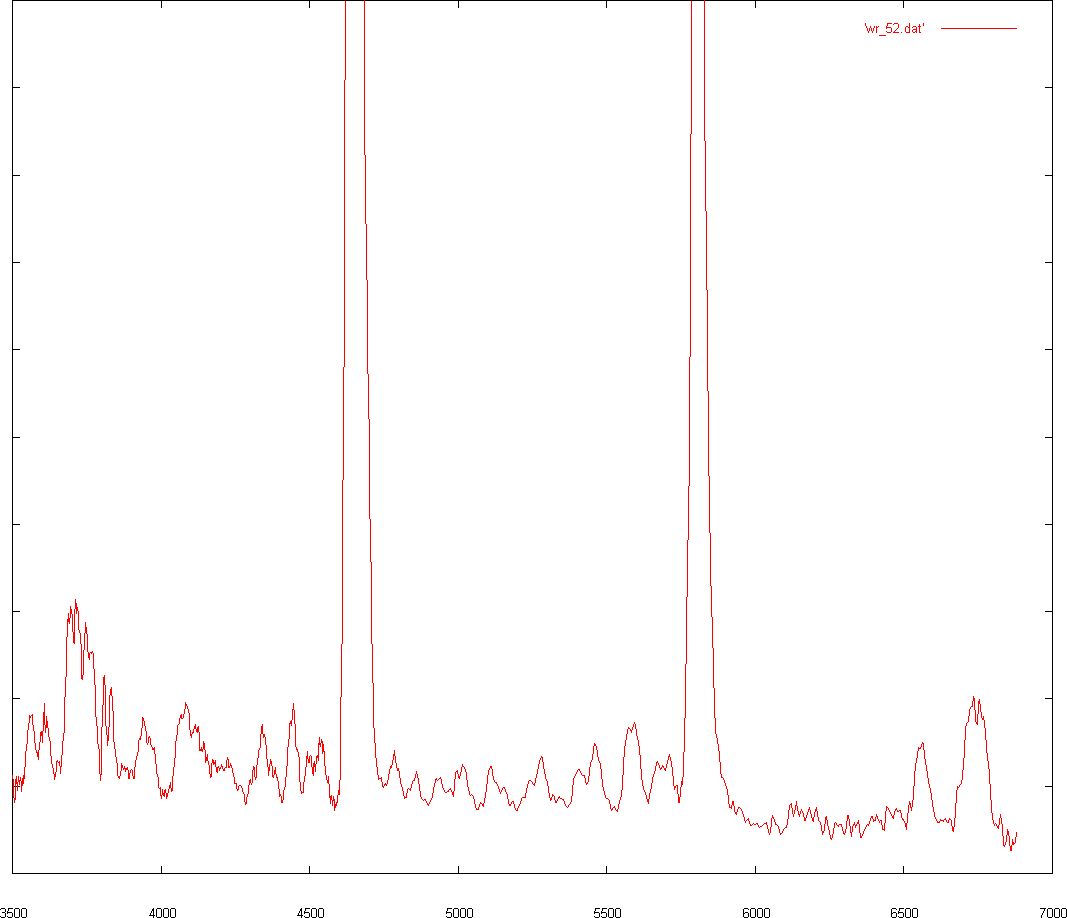
Figure 9.20 - Tracing of the spectrum of the WC4 star HD 115473 from Torres and Massey (1987). Also known as MR 46 or WR 52.
The profile of this line is determined by the velocity field of the ejecting plasma. The width can be quite large when the laser gain is high.
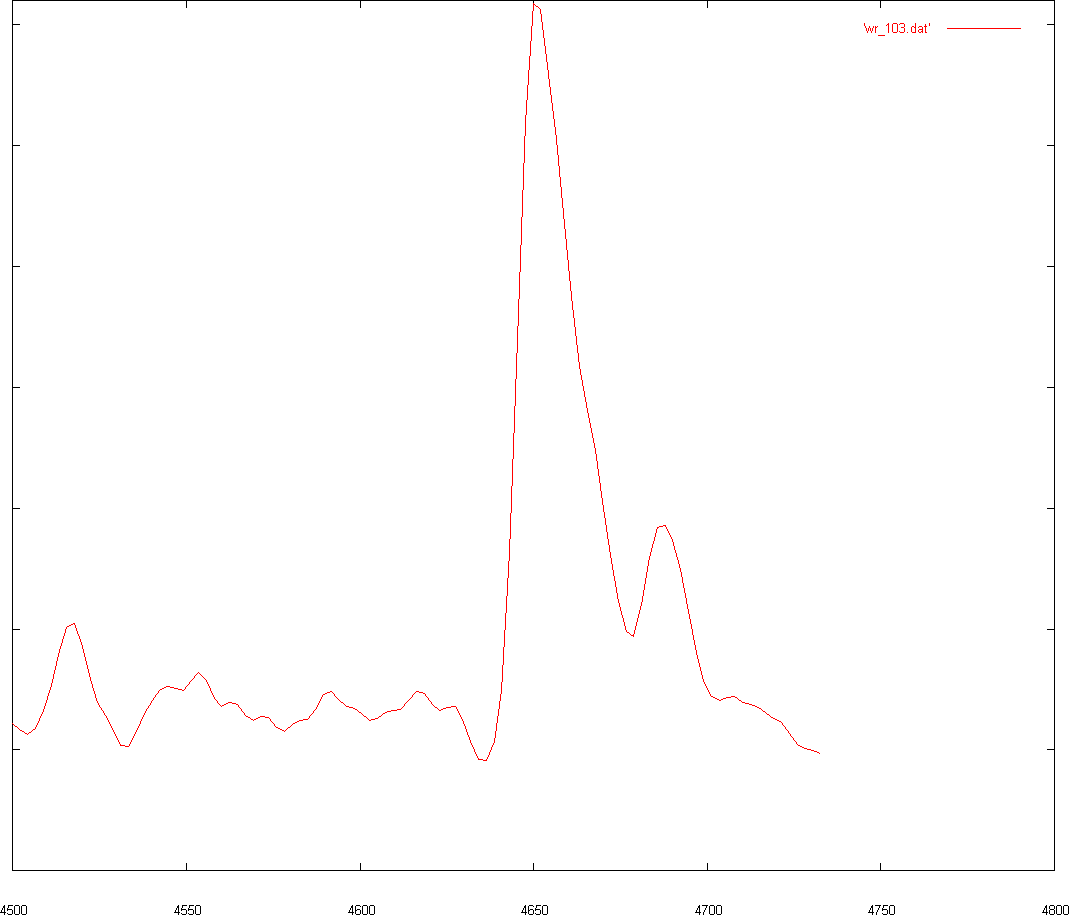
Figure 9.18 - Tracing of the 4650 line of the WC9 star HD 192641 from Torres and Massey (1987). Also known as WR 103.
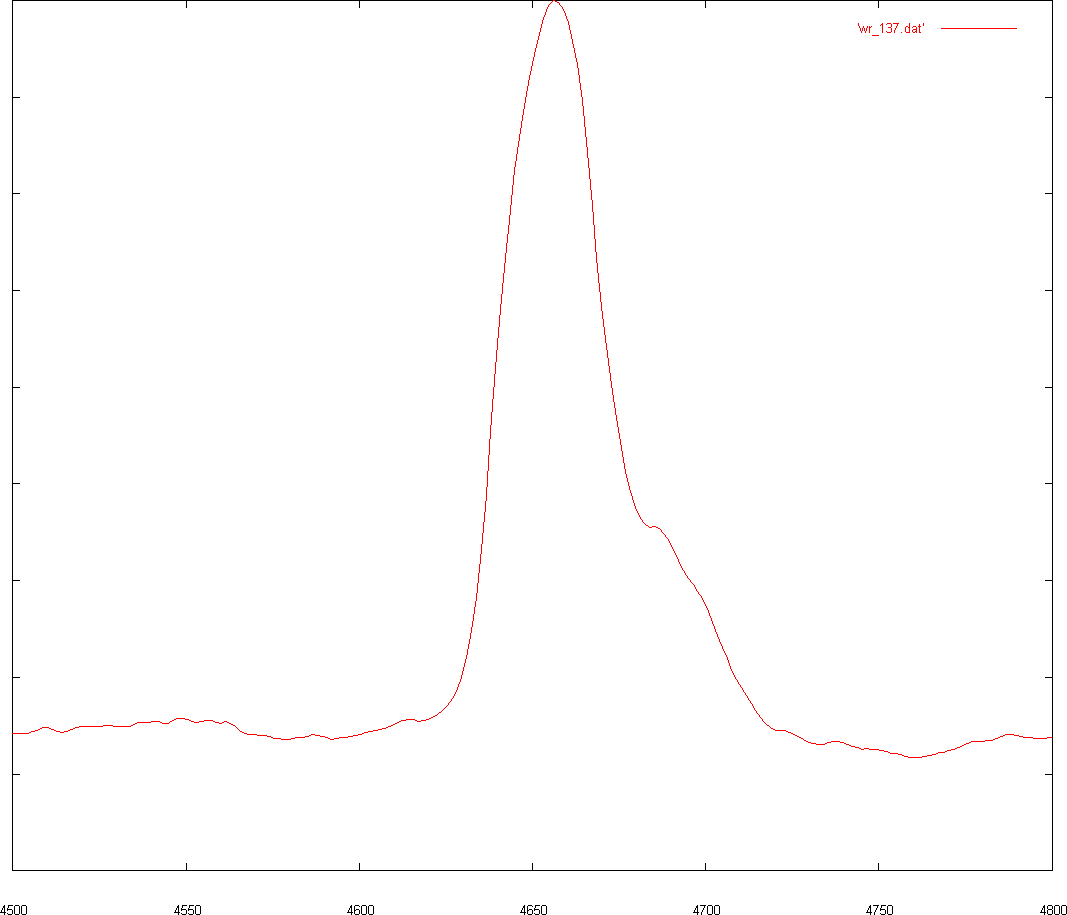
Figure 9.19 - Trasing of the 4650 line of the WC7 star HD 192641 from Torres and Massey (1987). Also known as MR 103, WR 137 or BD+36 3956.
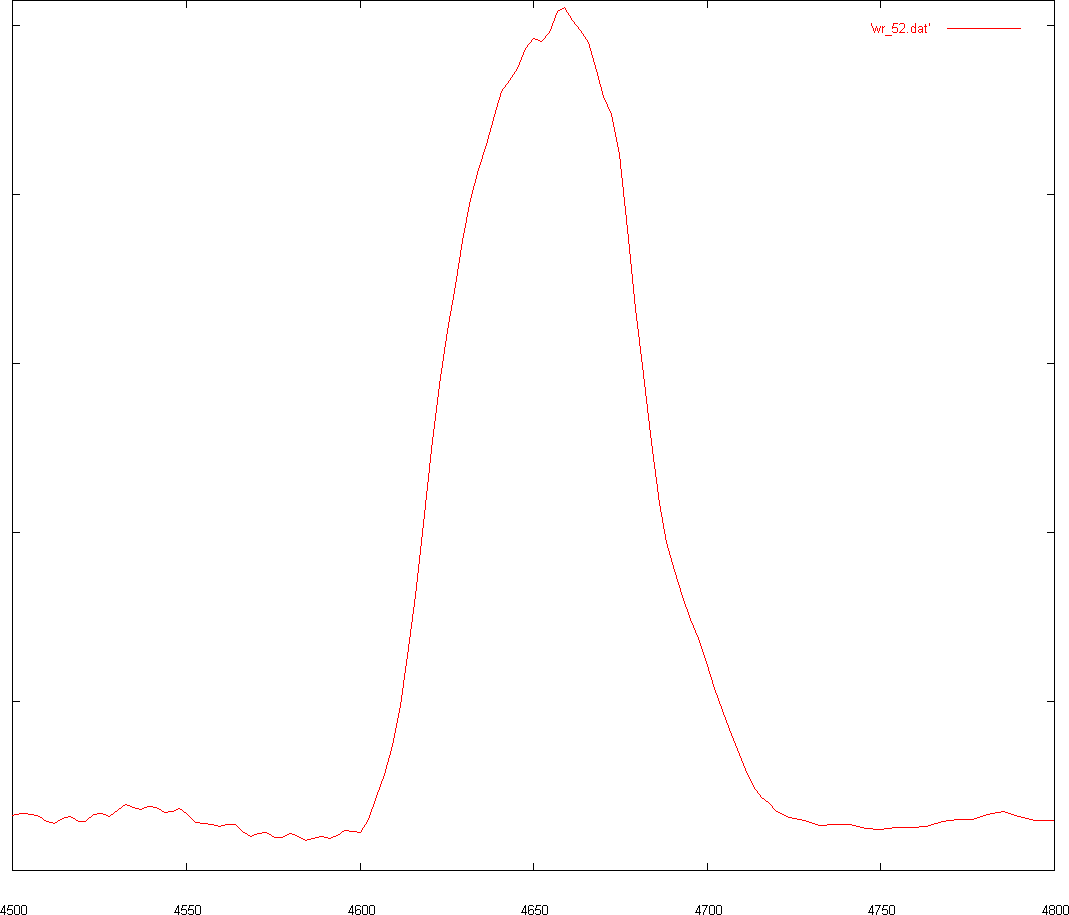
Figure 9.20 - Tracing of the 4650 line of the WC4 star HD 115473 from Torres and Massey (1987). Also known as MR 46 or WR 52.